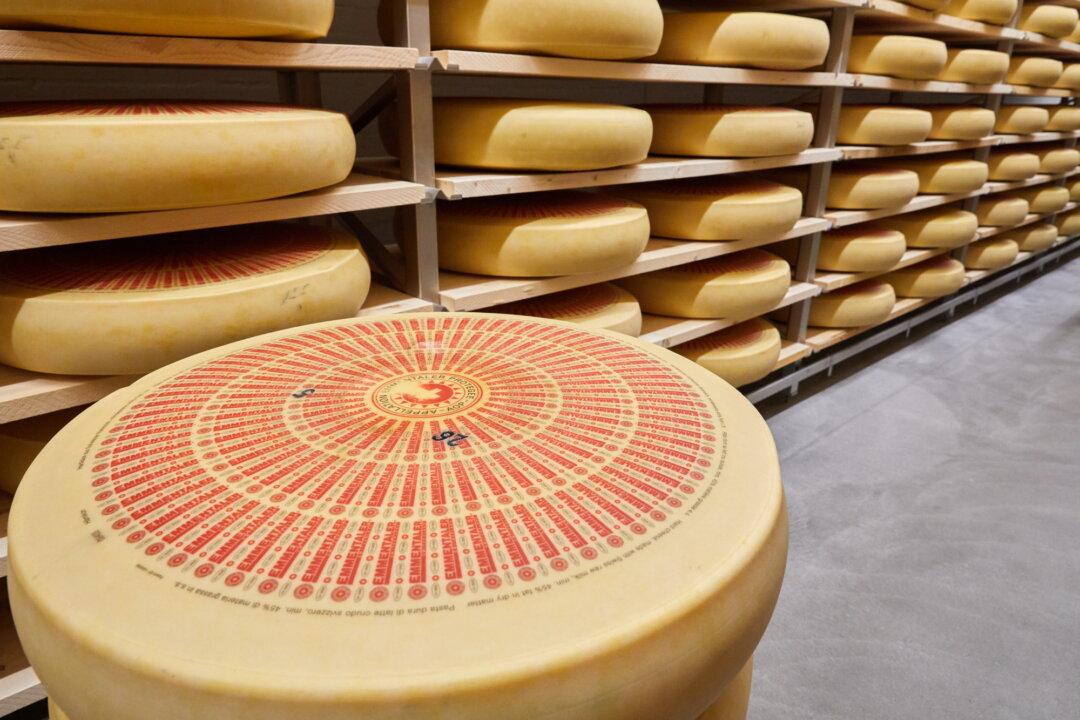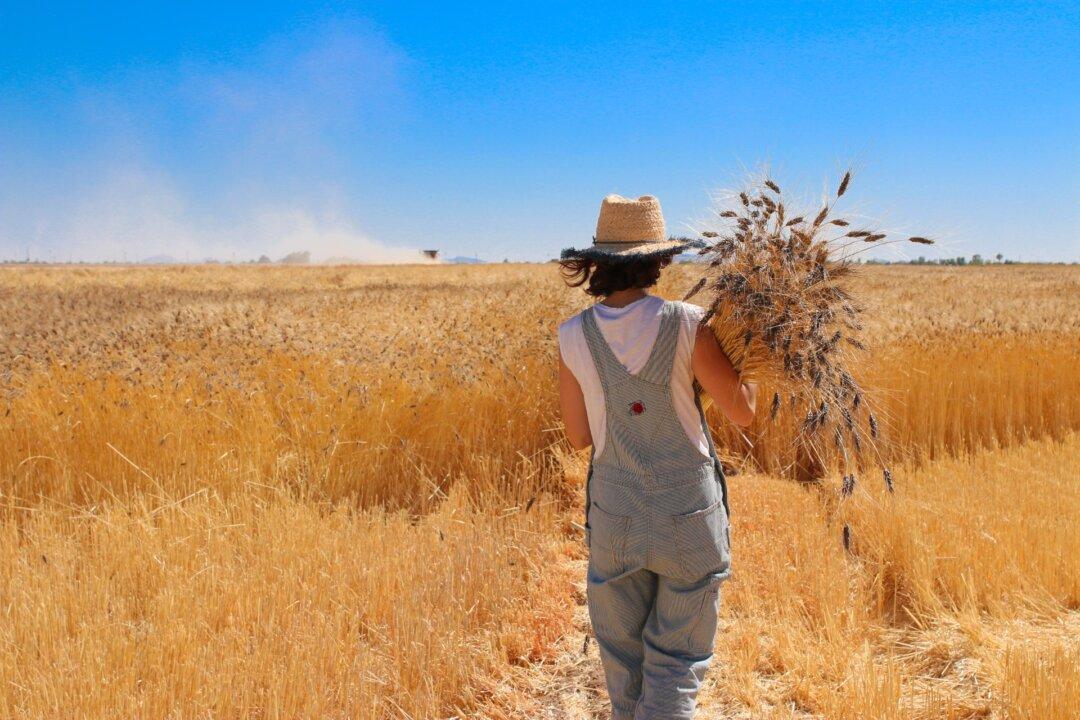Non-alcoholic drinks are a hot topic right now. Seedlip, maker of the first distilled non-alcoholic spirit, just launched its first cocktail book. Craft beer makers like Brooklyn Brewery are releasing non-alcoholic beers. Bars across the country are building out their mocktail lists, and there are even “zero-proof bars” that eschew alcohol altogether.
But for the wine lover avoiding alcohol, a fancy seltzer or fun juice concoction may not be the most satisfactory replacement. As something to order while out with friends at a bar? Sure. As a beverage to replace the beauty and culture of wine? Probably not.




